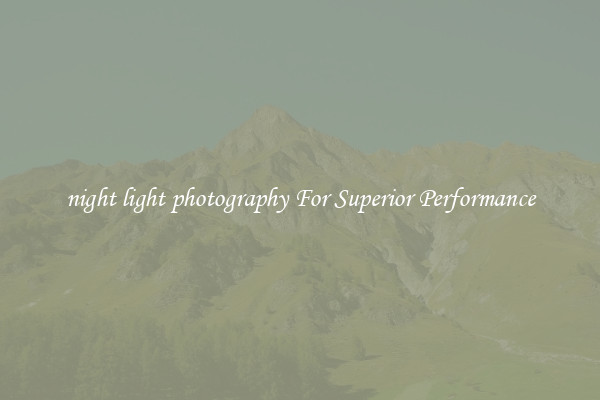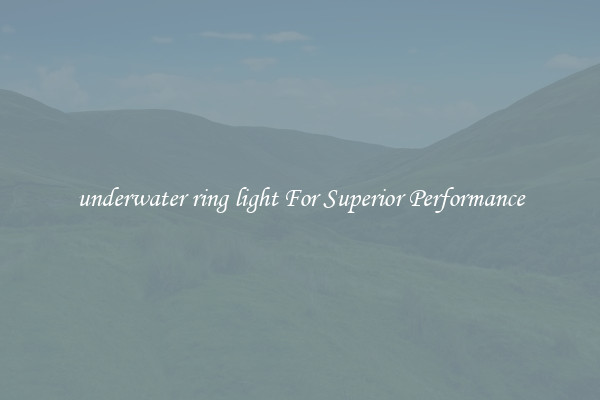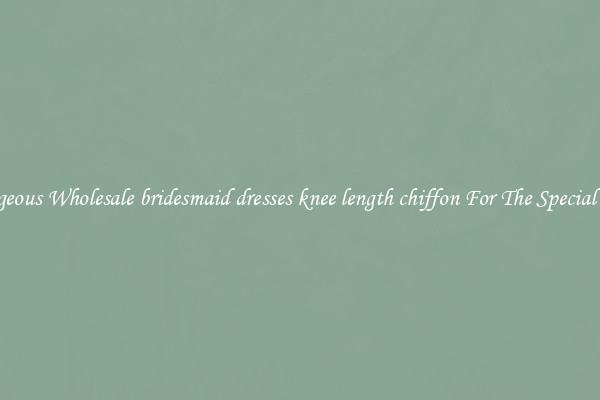night light photography For Superior Performance
Night light photography is a subgenre of photography that captures the beauty and mystique of the darkness. It involves capturing scenes and subjects under low light conditions, typically during the twilight hours or even in complete darkness. This unique form of photography demands skill, creativity, and technical knowledge to achieve superior performance.

One of the biggest challenges of night light photography is the low light conditions. Unlike in daylight photography, there is limited available light to properly expose the image. This means that photographers need to make use of longer exposure times, wider apertures, and higher ISO settings to capture enough light. It is crucial to have a camera with excellent low light performance to achieve superior quality images.
Another important aspect of night light photography is the use of artificial light sources. Incorporating the available street lights, car headlights, and even light painting techniques can add depth and interest to the images. Capturing the trails of car lights or creating dazzling light patterns through long exposure can create visually stunning results.
Composition plays a vital role in night light photography. It is essential to carefully consider the placement and arrangement of elements within the frame to create a visually appealing image. The contrast between light and dark becomes crucial in this genre and can be creatively used to enhance the story or mood of the photograph. Experimenting with framing, leading lines, and silhouettes can bring out the best in night light photography.
Patience and perseverance are key attributes for a night light photographer. Shooting in low light conditions can be challenging and often requires multiple attempts to capture the desired shot. Being patient and waiting for the right moment when the lighting conditions are just perfect can make all the difference in achieving superior performance.
Post-processing is an integral part of night light photography. It allows photographers to enhance and fine-tune their images to bring out the best in them. Adjusting exposure, white balance, and contrast can help correct any shortcomings during the actual capture process. Additionally, creative editing techniques can be employed to add a touch of magic to the final result.
In conclusion, night light photography offers a unique and captivating approach to capturing the world after dark. It requires technical knowledge, creativity, and patience to achieve superior performance in this genre. The ability to adapt to low light conditions, utilize artificial light sources, and compose thoughtfully along with the post-processing techniques can result in stunning night light photographs that leave a lasting impression on viewers. So grab your camera, head out into the night, and let the magic unfold through your lens.

View details

View details

View details

View details








